|
according to “the records of qianshan county”, mulberry-bark paper was produced in qianshan county, anhui province, as early as 1,700 years ago during the han dynasty. because the paper originated in the han dynasty, it is also known as “han-bark paper”. there are three kinds of mulberry-bark paper, big, medium and small, all of them are made by hand. this handicraft belongs to the category of intangible cultural heritage of mankind and is called as the national treasure. 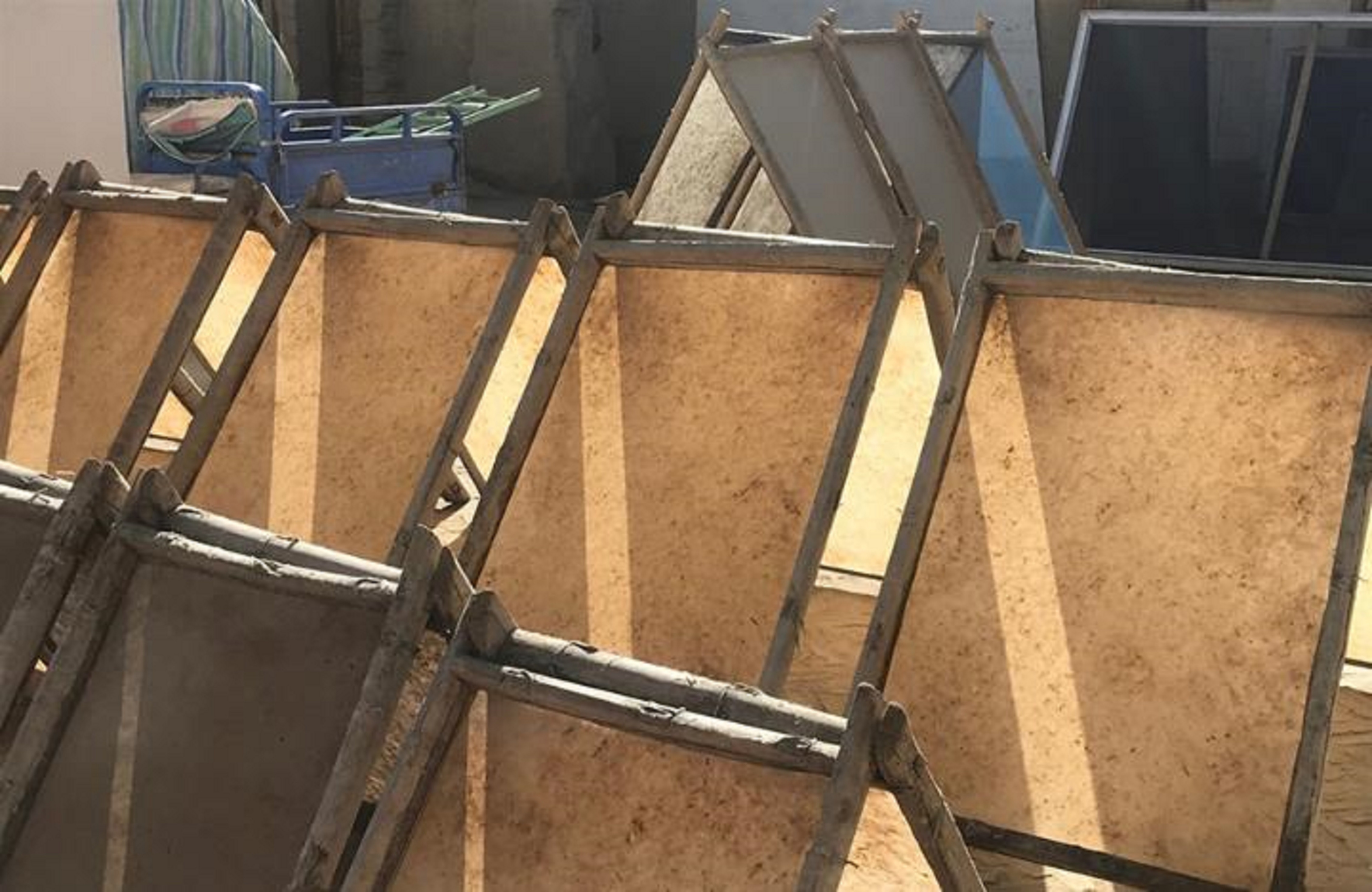
mulberry-bark paper should go through material selection, peeling, soaking, boiling, pounding, fermenting, molding, and drying. due to its outstanding features, such as soft, high tensile strength, good flexibility, fastness, moth-proof and non-toxic, mulberry-bark paper can be used for painting and calligraphy, mounting pictures, repairing of ancient books and records, packaging and making umbrellas. the mulberry-bark paper produced in qianshan county and yuexi county is now of excellent quality, which has basically reached the technological level of the qianlong period of the qing dynasty, according to the china paper research institute. the mulberry-bark paper made in qianshan and yuexi county was widely used in the project as a special material during the overhaul of the forbidden city in 2004-2005. the production of mulberry bark paper is an ancient handicraft skill with high technical and historical and cultural value, which has been passed down through generations. the local governments have made protection plans, ready to take further detailed measures to protect and inherit this ancient handicraft skill. 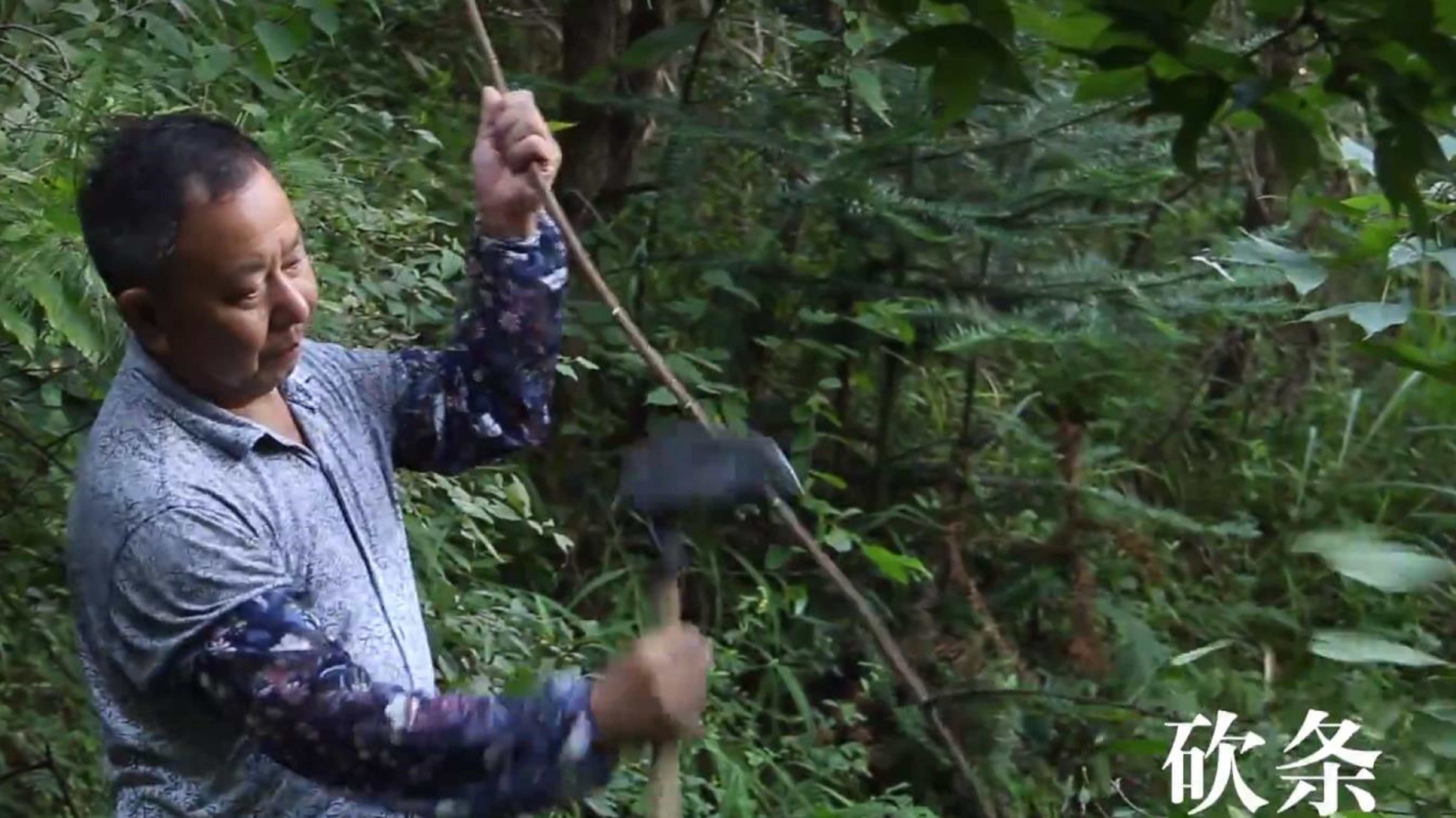

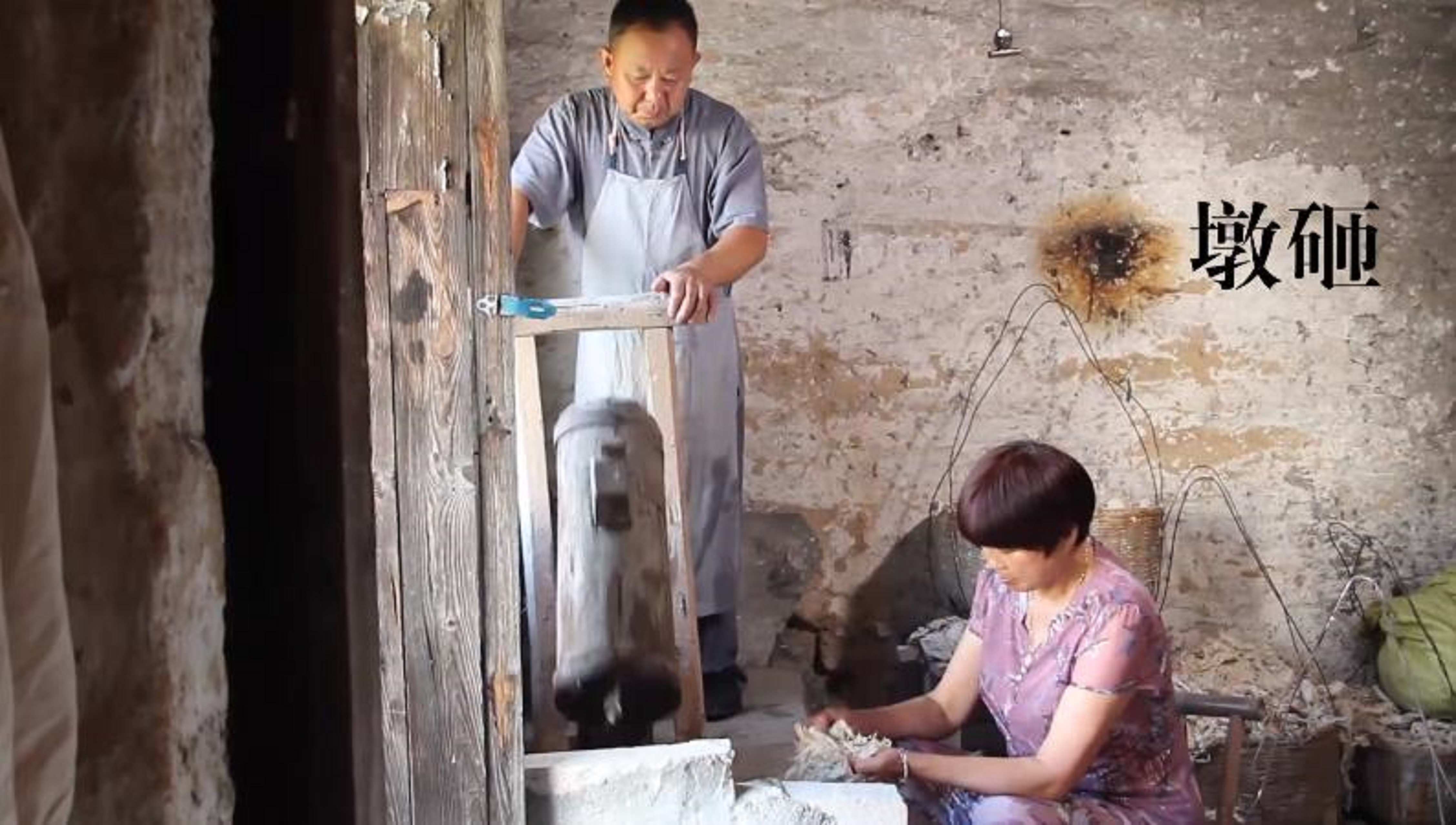
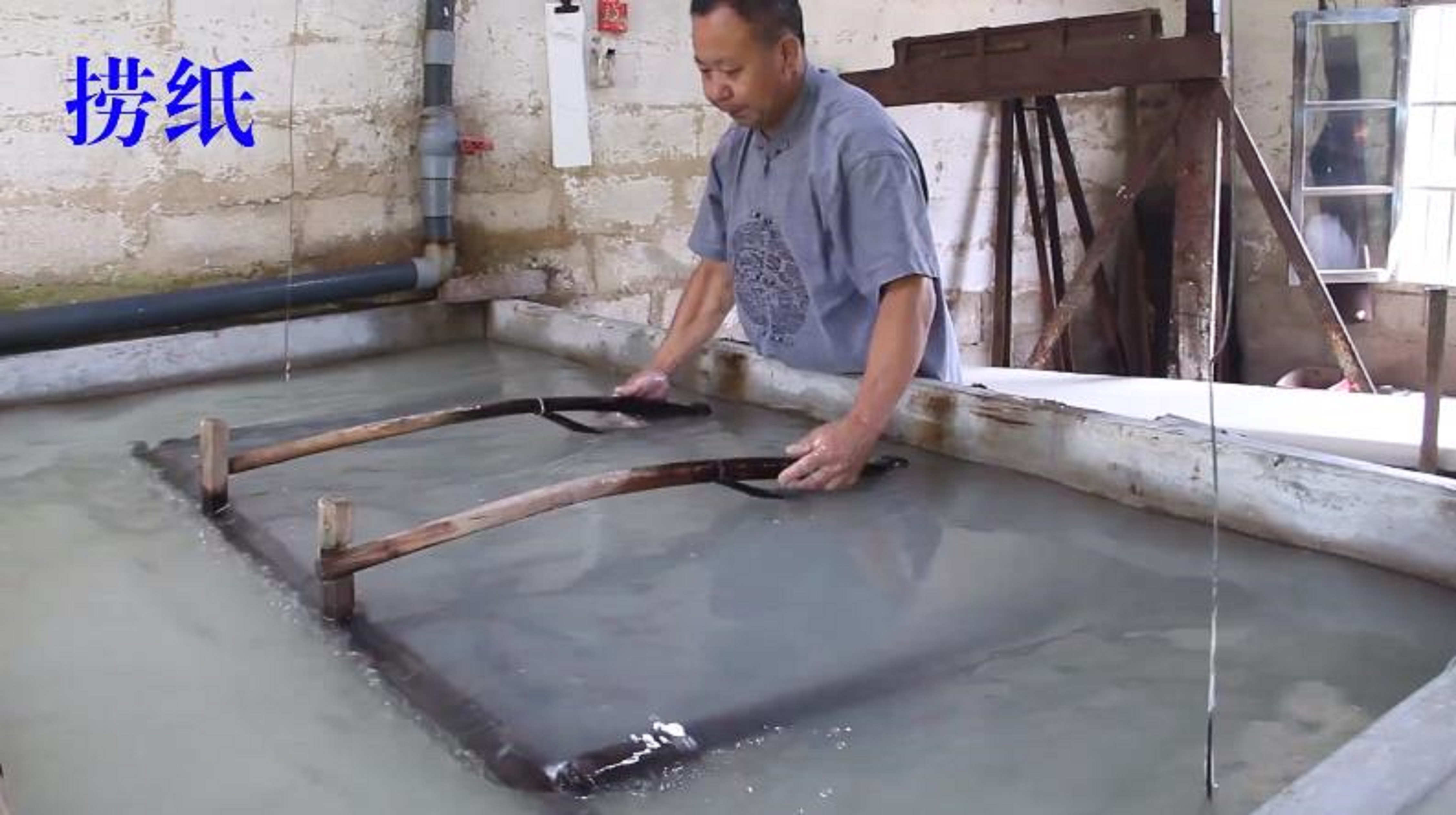
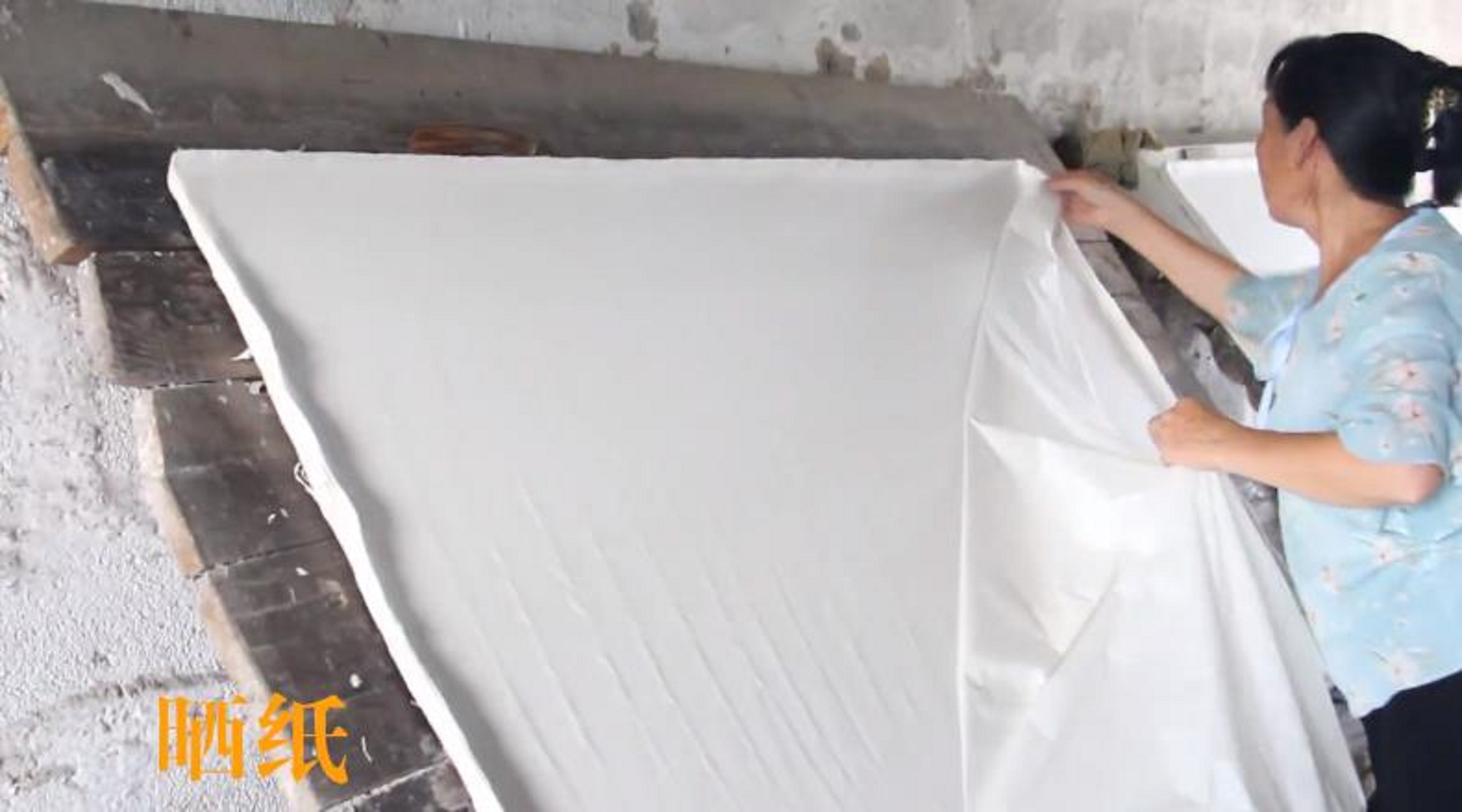
mulberry bark paper was listed in the national intangible cultural heritage project in 2008. liu tongyan, the inheritor of national intangible cultural heritage, has passed on the knowledge to his apprentices, and successively trained two provincial inheritors and 20 county-level inheritors. entries:
1."the records of qianshan county" 2.mulberry-bark paper 3.national treasure 4.han-bark paper 5.raw material selection 6.soaking 7.peeling the bark 8.boiling 9.pounding 10.fermenting 11.molding 12.drying 13.the living fossil of chinese papermaking 14.painting and calligraphy 15.mounting pictures 16.repairing of ancient books and records 17.packing 18.national intangible cultural heritage 19.liu tongyan 20.inheritor of national intangible cultural heritage
|